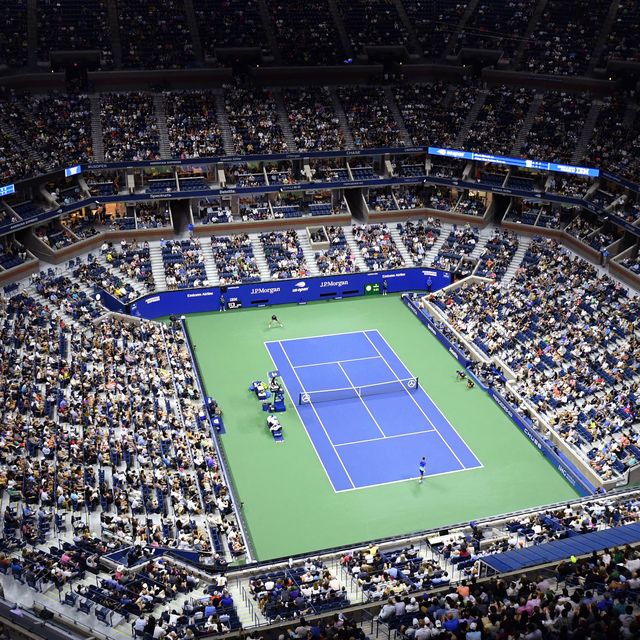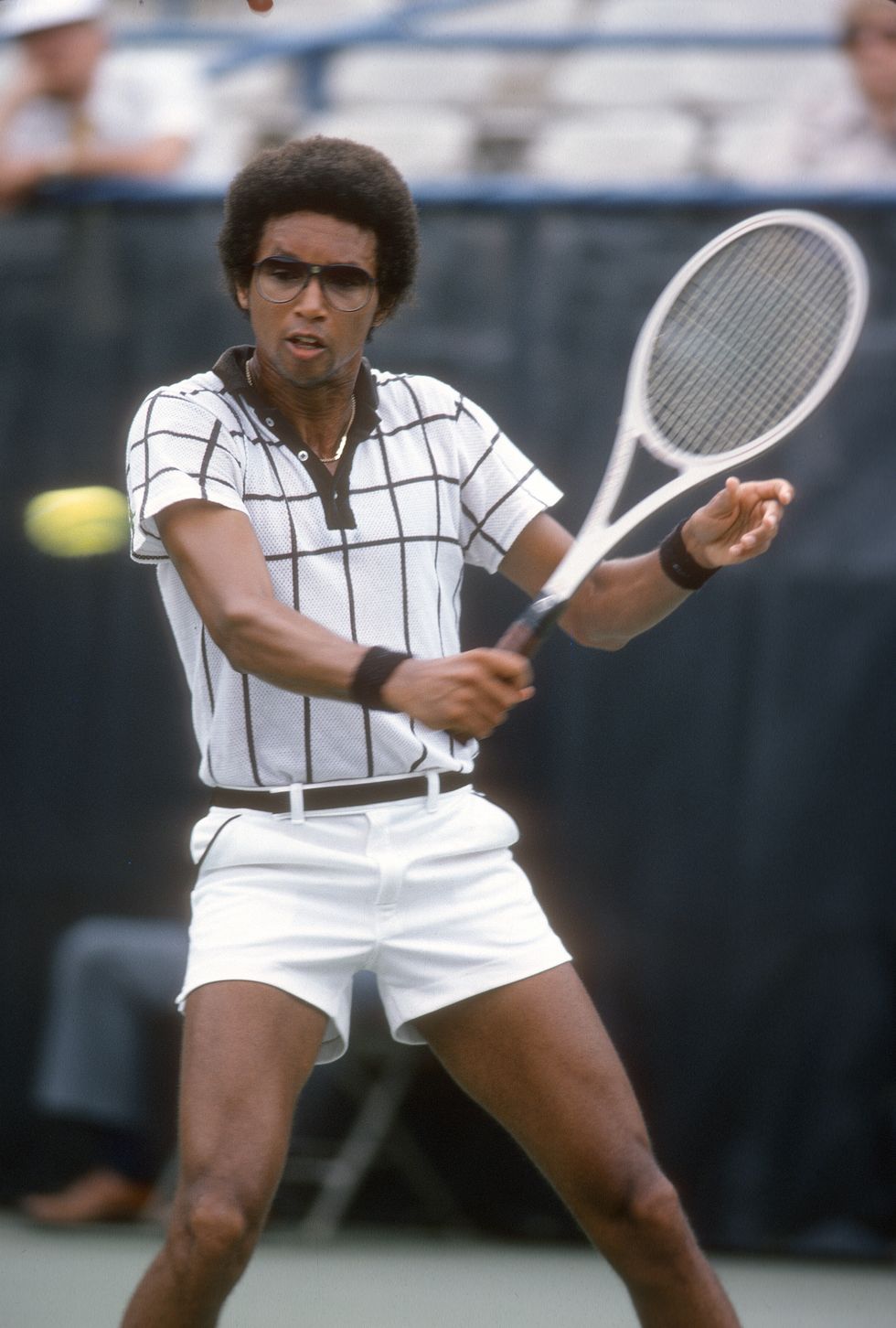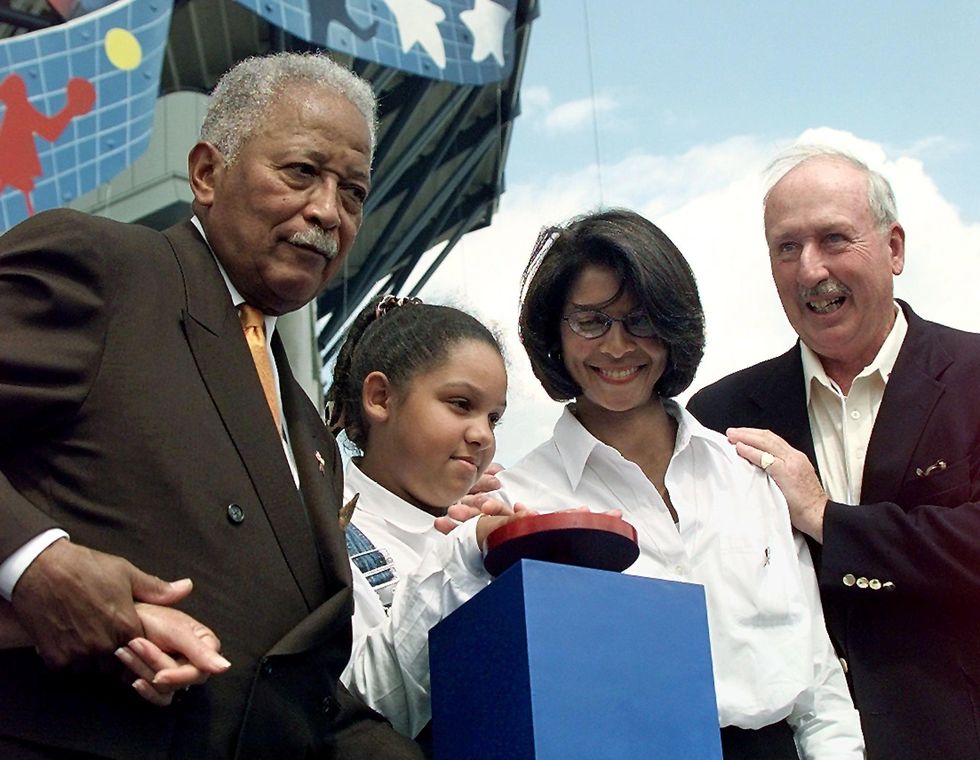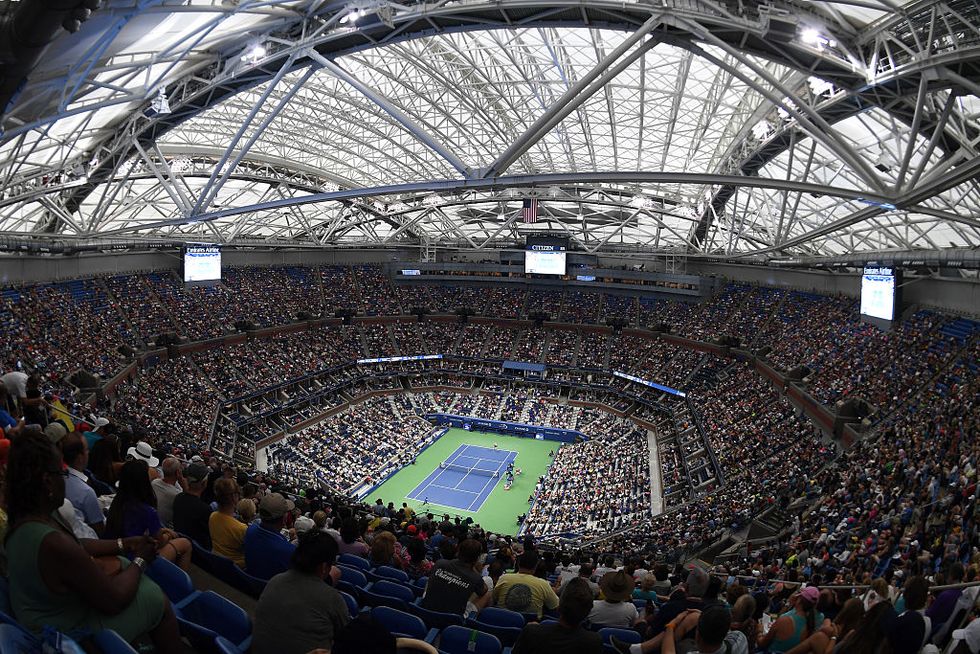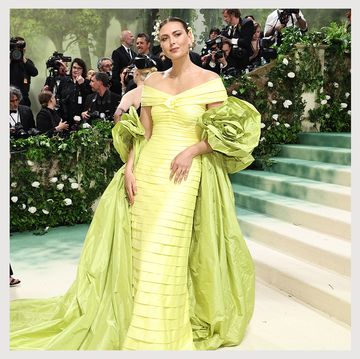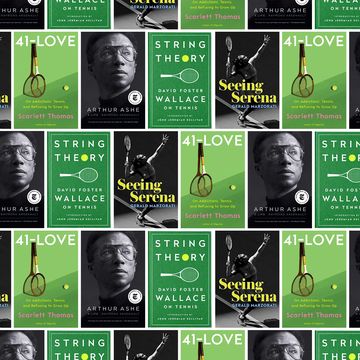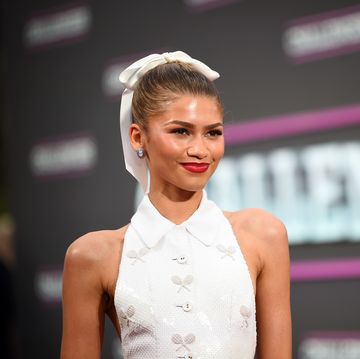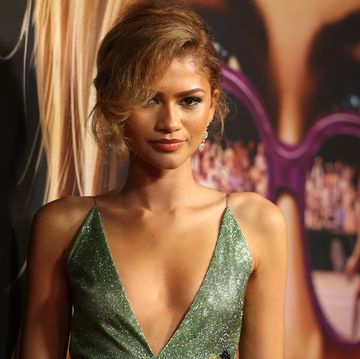Arthur Ashe Stadium is the marquee court at the U.S. Open. Named for Arthur Ashe, the first winner of the men's singles tournament at the U.S. Open in 1968, the stadium opened in 1997 and in the decades since, has seen a remarkable amount of incredible tennis matches.
"New York—it’s different," Frances Tiafoe told Town & Country last year. "Night on Ashe is so special, I think words can’t describe what playing night on Ashe means to me. It’s the biggest court in tennis, the atmosphere is wild, and it’s for people like me. I really take that in."
Here, everything you need to know about Arthur Ashe Stadium:
It is named for Arthur Ashe.
Ashe, an American tennis player, won the first ever U.S. Open in 1968, the first Black man to win the title. (Althea Gibson was the first Black player to win the U.S. Nationals, a precursor to the Open, in 1957.) He was ranked number one in the world, and retired in 1980, beginning a career as an activist. He passed away in 1993 due to complications from HIV-AIDS, which he acquired from a blood transfusion during heart bypass surgery.
Outside the stadium, he's memorialized with a statue made by Eric Fischl. Ashe, inscribed with a quote that Ashe favored: "From what we get we can make a living; what we give, however, makes a life."
The stadium opened in 1997.
Per the U.S. Open's official site, "When Arthur Ashe Stadium opened its gates in 1997, it simultaneously opened a new era for the US Open. The arena, named for one of tennis’ all-time champions and grandest ambassadors, quickly established itself as the game’s greatest stage; a spectacular centerpiece for an event whose global appeal had spurred its remarkable growth." The official match on the court took place at the 1997 U.S. Open, between Tamarine Tanasugarn of Thailand and Chanda Rubin of the United States; the first champions in Ashe were Patrick Rafter of Australia and Martina Hingis of Switzerland.
When it opened, Ashe replaced Louis Armstrong Stadium as the main stadium for the U.S. Open. The stadium features 23,771 seats, 90 luxury suites, five restaurants, and a two-level players' lounge, making it the largest tennis-specific venue in the world. It cost $254 million to build.
The courts weren't always blue.
In 2005, the U.S. Open changed the color of the court to blue (instead of green), to make the tennis balls easier to see for players and those watching on TV. "The new court colors have been tested and proven to enhance visibility of the ball for both players and fans," USTA executive Arlen Kantarian said at the time.
In 2016, Arthur Ashe Stadium got a roof.
A roof was added to Ashe in 2016, to prevent weather delays from impacting the tournament. "Arthur Ashe Stadium’s innovative $150 million retractable roof is the largest of any tennis stadium in the world," Architect Magazine notes. "Engineered to operate on demand and open and close within 10 minutes, computers keep tabs on over 4 dozen sensors simultaneously tracking not only the precise movement of the roof down to the 1/8”, keeping it in perfect alignment but also, wind speeds, seismic activity, motor speed, torque and voltage and more."
Buy tickets to Arthur Ashe Stadium at the 2023 U.S Open
Emily Burack (she/her) is the Senior News Editor for Town & Country, where she covers entertainment, culture, the royals, and a range of other subjects. Before joining T&C, she was the deputy managing editor at Hey Alma, a Jewish culture site. Follow her @emburack on Twitter and Instagram.
